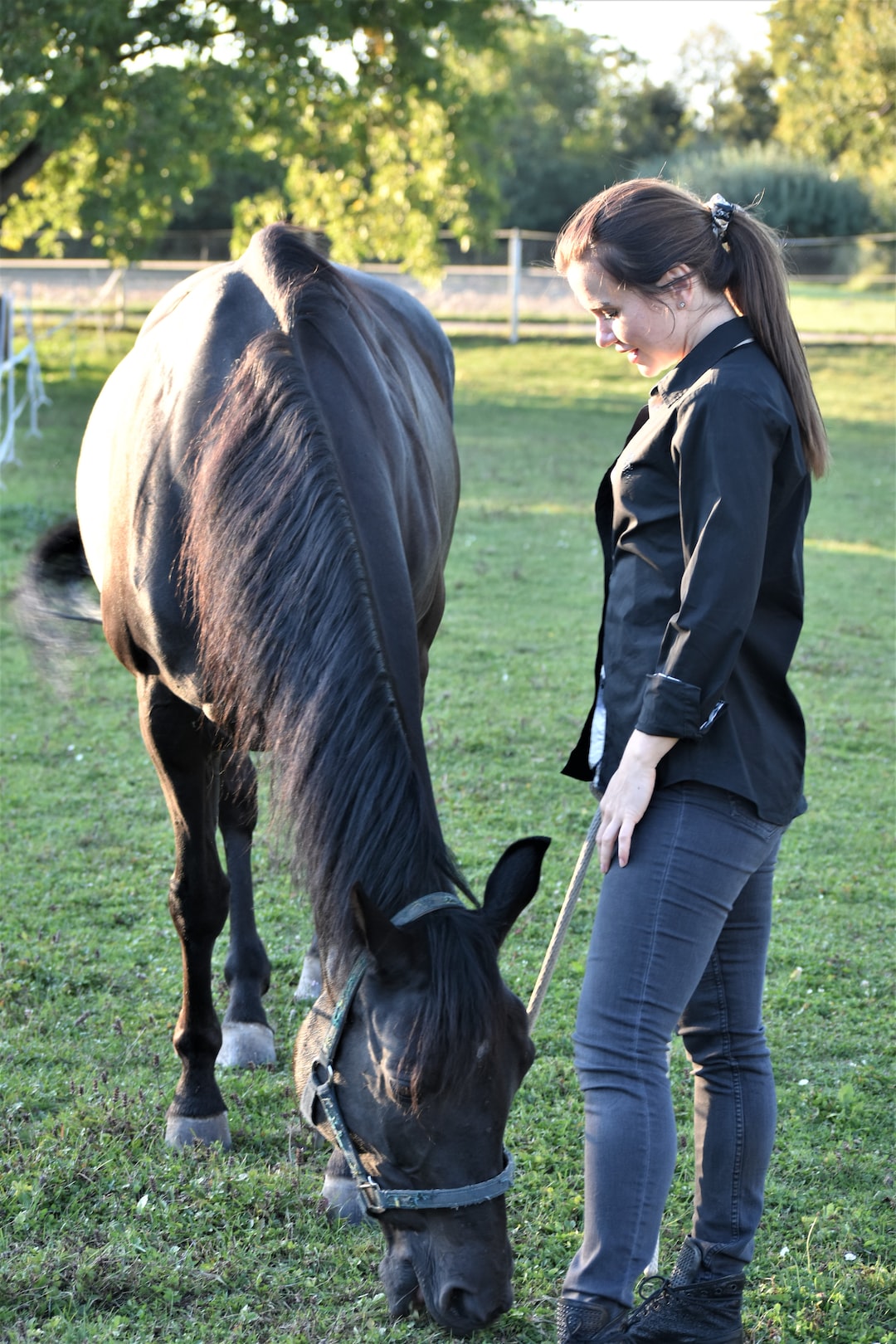Baking 101: Mastering the Basics of Pastry Making
Baking is an art form that has been around for centuries, and pastry making is at the heart of it. The delicate balance of ingredients, the precise measurements, and the skillful techniques all come together to create mouthwatering pastries that are hard to resist. Whether you’re a beginner or a seasoned baker looking to brush up on your skills, this blog post will guide you through the basics of pastry making, helping you achieve that perfect crust and that flawless rise.
First and foremost, let’s talk about the essential ingredients in pastry making. Flour, fat, water, and a pinch of salt are the basic building blocks of a good pastry. The type of flour you use will depend on the kind of pastry you are making. All-purpose flour is the most versatile option, but some recipes call for cake or pastry flour, which have a lower protein content and yield a more tender crust. As for the fat, it can be butter, shortening, or a combination of both. Butter gives a rich flavor, while shortening provides a flakier texture. It’s essential to keep your fat cold to achieve the desired results. With regard to water, it should be ice-cold to prevent gluten formation, which can make the pastry tough.
The secret behind a successful pastry lies in achieving the right texture, and this is where the technique comes into play. The most common technique for making pastry dough is the “cutting-in” method. This involves cutting the cold fat into the flour until you achieve a sandy texture. You can do this with a pastry blender or even your fingertips. Another key technique is called “shortening,” where the fat is gently mixed with the flour to inhibit the development of gluten strands, resulting in a tender, crumbly texture.
Once your pastry dough is made, it’s important to handle it with care. Overworking the dough can lead to a tough crust. Always allow your dough to rest in the refrigerator for at least 30 minutes before rolling it out. This helps relax the gluten strands that formed during mixing and makes the dough easier to handle. When rolling out the dough, use a lightly floured surface and a rolling pin to achieve an even thickness. Start from the center and roll outward, but avoid excessive pressure. Turn the dough occasionally to prevent sticking.
Another crucial aspect of pastry making is blind baking, which is often necessary when making pies or tarts with a wet filling. Blind baking involves partially or fully baking the crust before adding the filling. This step ensures that the crust stays crisp and doesn’t become soggy. To blind bake, line your pastry with parchment paper or aluminum foil, and fill it with pie weights or dried beans to prevent the dough from puffing up. Bake it in a preheated oven until it turns golden brown. Once blind baked, you can fill the pastry with your desired filling and return it to the oven to finish baking.
Additionally, mastering the art of pastry making includes exploring various types of pastries. Shortcrust pastry is the most basic type, commonly used for tarts and pies. Puff pastry, on the other hand, is known for its layers of flaky goodness. It’s made by layering butter between thin sheets of dough, then folding and rolling it repeatedly to create those beautiful layers. Choux pastry, used in cream puffs and eclairs, is a light and airy pastry made by cooking the dough on the stovetop before baking.
Finally, don’t be afraid to get creative with your pastries. Experiment with different fillings, flavors, and toppings to add your personal touch. Pastry making is a journey of exploration and self-expression, and the more you practice, the better you’ll get at it. So gather your ingredients, hone your techniques, and let your imagination soar as you embark on the exciting world of pastry making.
In conclusion, mastering the basics of pastry making is essential for any aspiring baker. By understanding the key ingredients, techniques, and tips, you can create pastries that are both delicious and visually stunning. Remember to keep your ingredients cold, handle the dough gently, and explore different types of pastries to broaden your baking repertoire. So put on your apron, preheat the oven, and let your pastry-making skills shine!

